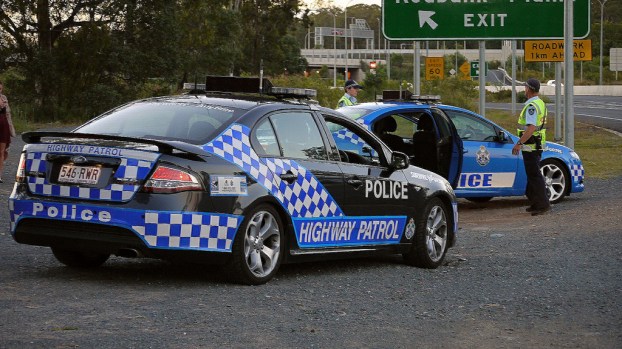By Julian Bajkowski
When it comes to speed limits on Queensland’s roads, it seems just about everyone has an opinion … and almost as many are prepared to tell the state government exactly what they think.
That’s the message that the Sunshine State’s Minister for Transport and Main Roads, Scott Emerson, seems to be getting after his department was inundated by nearly 2000 submissions in just a fortnight in response to a formal review of speed limits the Campbell Newman LNP government has put in place.
Official reviews of mandated speed limits for roads are far from new, but where the Queensland government differs is that it is going directly to drivers and the community via the web to gauge views rather than just relying on usual suspects like lobby groups, authorities and safety experts to inform policy.
What seems to have rapidly accelerated the community’s response to the government’s call for input is a simple and easy-to-use web interface that allows people to select the issue they have from a menu and then plot the route they are referring to via a Google Maps interface.
The crux of what the Department of Transport and Main Roads is digging intro is whether people think there are simply too many speed limit changes in some areas and whether or not existing limits are too low or high – a view that often divides between residents and commuters.
Every road in the state is up for review and there is also the opportunity to flag additional or specific issues outside the three at the top of the list.
Mr Emerson certainly isn’t wasting any time in taking credit for his department crowdsourcing constituents to plug into concerns.
“Such a high level of public participation proves we were well and truly overdue for a review of speed limits,” Mr Emerson said.
“This review aims to simplify the speed limit setting process and improve speed limit consistency across the state.”
That may all be true, but his Department’s user-friendly community engagement model clearly hasn’t hurt when it comes to plugging into the masses.
Less clear is how the government will weigh its response to community demands versus expert opinion – especially if a majority of road users want limits upped against the advice of safety experts.
Mr Emerson said that after submissions close – on the rather unlucky day of Friday 13th September – the Transport Department will work with councils and local government to identify the “priority roads for review.”
“Community input will help pinpoint where speed limits may need to be reduced or increased,” Mr Emerson said.
One factor likely to drive robust community response to speed limits is the placement traffic infringement cameras. While incumbent governments routinely argue that speed cameras are there purely for safety purposes, oppositions just as regularly attack the maligned devices as covert revenue generators.
In New South Wales the Barry O’Farrell government went to the last election on a platform of reviewing the safety merits of speed cameras in some notorious locations and eventually turned some off – but then later switched-on the latent speed detection functionality of dozens of existing red light cameras across the state.
In Budget papers released this year the O’Farrell government revealed that its speed camera take was up $58 million or 20 per cent over previous estimates – largely thanks to the widely loathed traffic light speed traps.
Apart from having their wallets lightened, another factor fuelling motorist resentment is that traffic light speed cameras often carry a single, less prominent warning sign compared to the highly overt triple warnings ahead of stand-alone speed cameras.
According to Office of State Revenue statistics, “Safety Camera” revenue soared from $9.3 million in 2011-12 to $16.4 million in 2012-2013, a most fiscally fortuitous way of encouraging motorists to slow down.
Comment below to have your say on this story.
If you have a news story or tip-off, get in touch at editorial@governmentnews.com.au.
Sign up to the Government News newsletter


Once the reviews have been done the local member for that area has to give atleast 1 to 2 months to allow for consultation with that local member to ensure the local public’s view is considered before the restrictions on speeds are impelement or final version released. Afterall the public have elected a member to make their lives livable in those locales with safety too. I am confident the government would not do this at all. But hope they do …
Our major cities are to big ,traffic on major routes
in peak times due to the very nature of peak traffic
is far to congested especially for commuters , working and driving what is often 12 hours a day .
On top of that the appalling ethics and manners of
many drivers creates an environment of excessive stress .
The difference between Australia and Germany
is incredible , we need to decentralize and utilize or space far better
Keith I totally agree. Driving standards are appalling compared with the UK, Germany and even France. Speed is the least of the governments worries – if indeed it is a worry, more likely the government likes people to speed due to the revenue it generates.